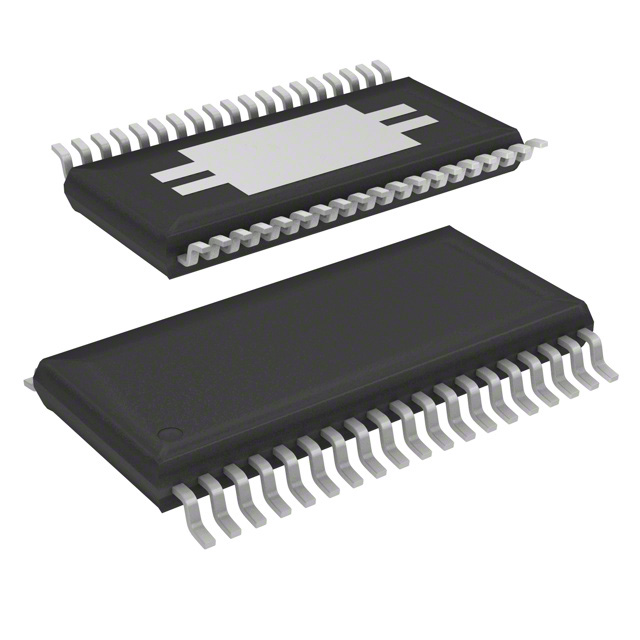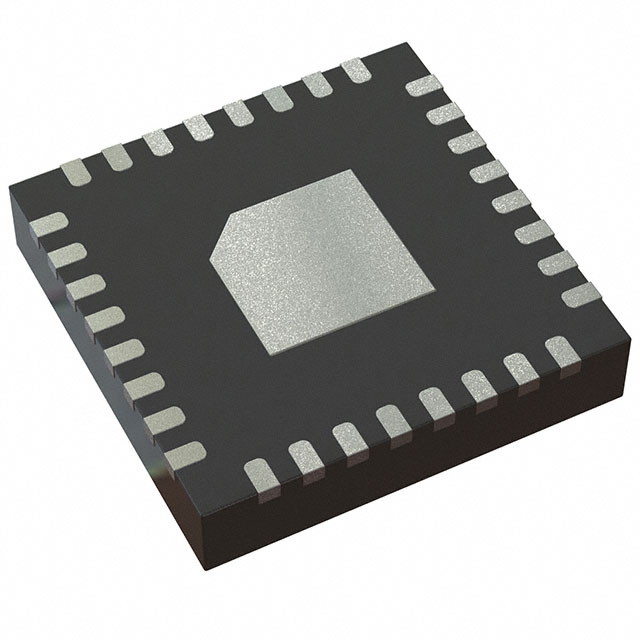LP8866S-Q1
The LP8866S-Q1 is a high-performance, low-power LED driver designed for automotive applications, manufactured by Texas Instruments. It features eight independent current sinks capable of driving up to 8 LEDs with precise current regulation, making it ideal for complex lighting systems such as cluster displays, interior lighting, and exterior signal lights in vehicles. Each channel supports current settings from 1 mA to 50 mA, with programmable current accuracy within ±2%, ensuring consistent brightness across multiple LEDs even under varying temperature and supply conditions.
This device operates over a wide input voltage range of 2.7 V to 5.5 V, enabling compatibility with both 3.3 V and 5 V logic systems commonly found in automotive ECUs. Its integrated I²C interface allows for flexible configuration and dynamic control of individual channels, supporting features like PWM dimming, fault detection, and diagnostics. The I²C communication protocol also enables multi-device configurations on the same bus, simplifying system design for large-scale lighting arrays.
Built-in protection mechanisms enhance reliability in harsh automotive environments. These include thermal shutdown, over-current protection, open-load detection, and short-circuit protection per channel. Additionally, the LP8866S-Q1 includes a power-on reset function and a watchdog timer to ensure safe startup and prevent system lock-up during transient faults or software errors.
Designed for AEC-Q100 Grade 1 qualification, the LP8866S-Q1 meets stringent automotive reliability standards, including temperature cycling, humidity testing, and EMI/EMC compliance. Its compact QFN-32 package offers efficient thermal performance and ease of integration into space-constrained designs. The device also supports advanced diagnostic capabilities via the I²C interface, allowing real-time monitoring of LED status, current levels, and fault conditions—critical for maintaining vehicle safety and functional integrity.
The LP8866S-Q1 is particularly suited for modern vehicle lighting systems where precision, efficiency, and robustness are essential. It supports both constant-current operation and pulse-width modulation (PWM) dimming at frequencies up to 1 kHz, enabling smooth brightness control without perceptible flicker. This makes it well-suited for use in dashboard clusters, ambient lighting, brake lights, turn signals, and other lighting functions that require reliable and visually consistent performance across diverse operating conditions.
Related Parts
| 부분 # | 제조업체 | 설명 | 유효성 | 가격 | 수량 |
|---|---|---|---|---|---|
 LP8866SQDCPRQ1External/Internal LED Drivers | Texas Instruments | IC LED DRVR CTRLR PWM 38HTSSOP | 829 | 1+: $4.90176 10+: $4.78584 30+: $4.70966 | |
 LP8866SQRHBRQ1External/Internal LED Drivers | Texas Instruments | IC LED DRV CTRL PWM 150MA 32VQFN | 15016 | 13+: $3.88640 30+: $3.18890 47+: $3.08920 64+: $2.98960 83+: $2.88990 110+: $2.59090 |







.png?x-oss-process=image/format,webp/resize,h_32)










